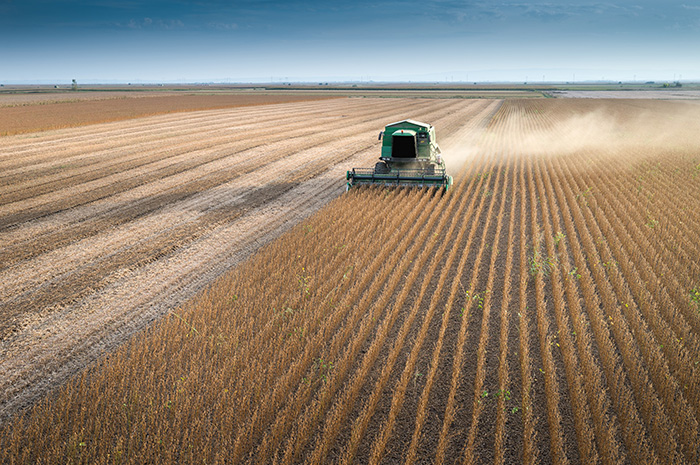
As Minnesota farmers like you harvest the very last of the soybean crop (despite lots of rain and even some early snowfall), you're ending the season with a lot of stress and uncertainty. Here’s a look at what’s happening and things to watch for over the coming weeks and months.
Soybeans in storage
First, your beans. If you were fortunate, some crops may be spoken for after locking in prices early. Otherwise, if you’re storing them for a few months, you’re in good company. Many state and local media report farmers holding their crop to see if commodity prices will inch upward over the next few months so they can break even. (Right now, that benchmark sits around $9.80 a bushel.)
Status of U.S.-China tariff dispute
As you’re well aware, the counter-tariffs on U.S. soybean imports imposed by China are blamed for the soft soybean market. China is the largest importer of U.S. soybeans, as 30 million tons of soybeans are exported from the U.S. to China every year, valued at $26 billion in 2017. The most recent U.S. Department of Agriculture report shows that soybean sales to China have plummeted by 94 percent compared to one year ago.
Other markets are responding. Canada is buying U.S. beans at lower prices to fill their supplies, after selling theirs to China for higher prices. New markets are emerging from Taiwan, Iran and Vietnam. Meanwhile, Russian media recently reported that its leaders are eyeing the opportunity to sell soybeans to China, while Brazil ramps up its soybean production. These fuel worries over whether the U.S. would struggle to recover the old markets once the tariff dispute is solved.
Meanwhile, stay tuned, because President Donald Trump and Chinese President Xi Jinping are set to meet Nov. 29 in Buenos Aires. Both sides have expressed optimism that a deal can be reached.
The $12 billion in aid set aside for U.S. farmers affected by tariff prices might help you get into — or at least nearer to — the black. However, U.S. Secretary of Agriculture Sonny Perdue announced this aid would not be extended into 2019.
"Farmers are very resilient and adept in making their planning and marketing decisions based on the current market,” Perdue says. "These facts are known now ... So farmers, even under financial duress, will make their best business decision for 2019 without the expectation of a market facilitation program."
Without a doubt, the next three months will be critical for many soybean producers. As you review your options — refinance or increase production in corn or some other crop — seek an expert opinion so you know all the options available to make cash flow, and meet with an agriculture lender at Minnwest Bank.


